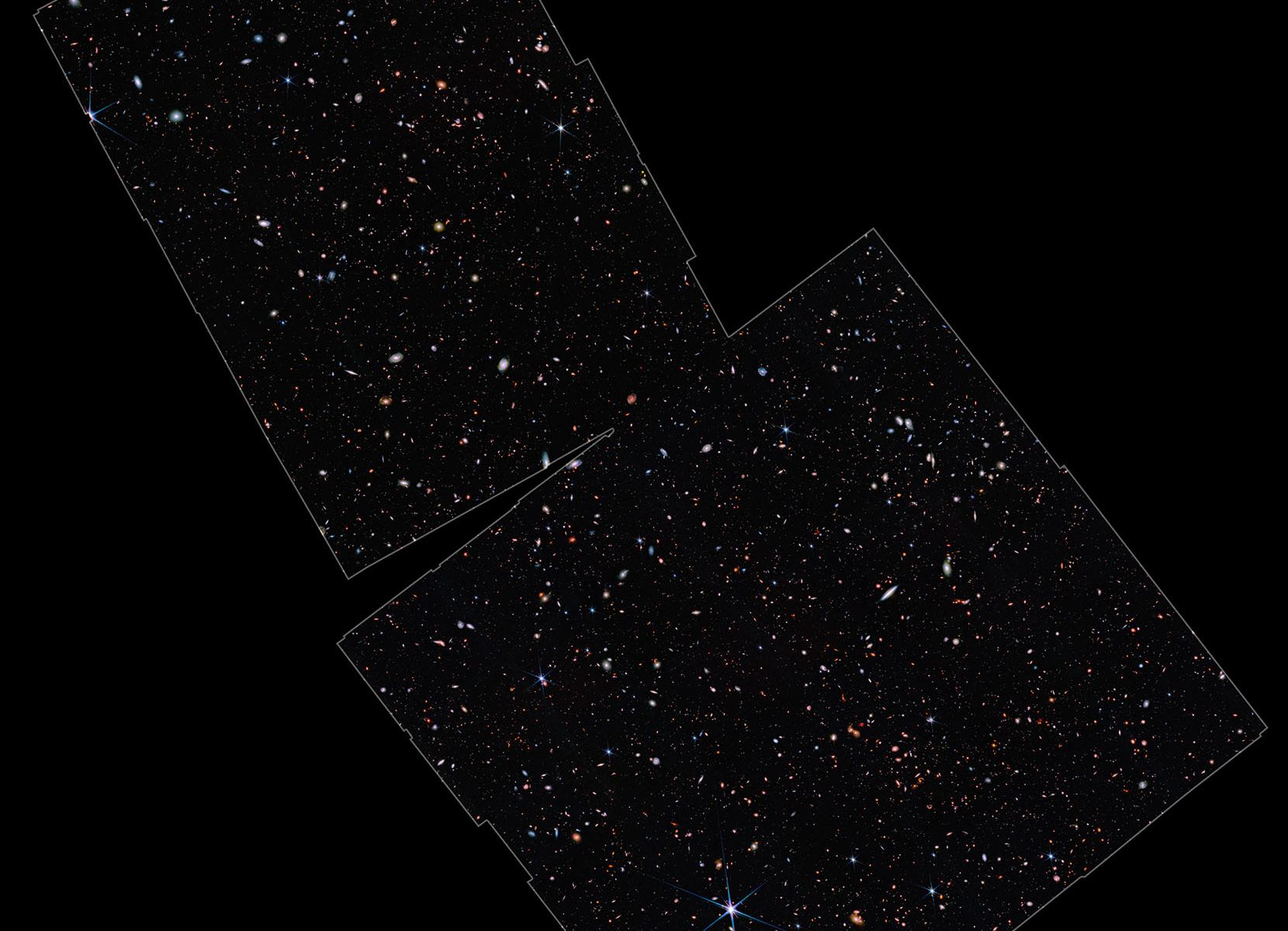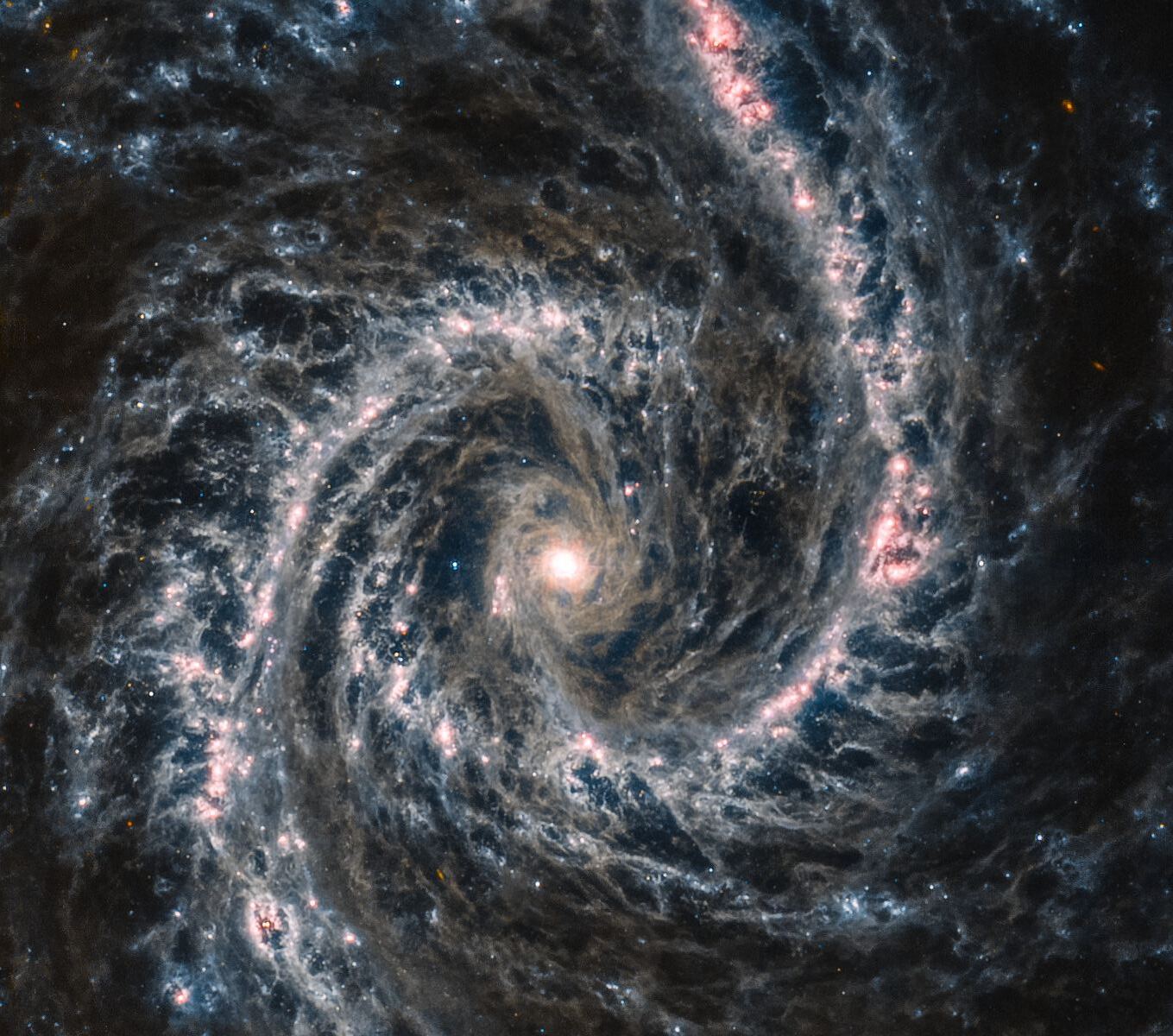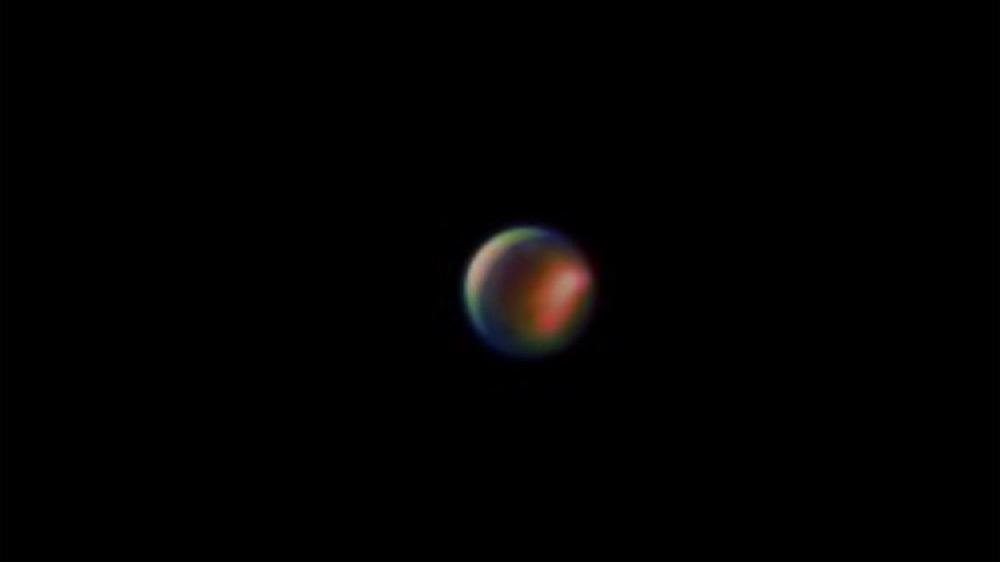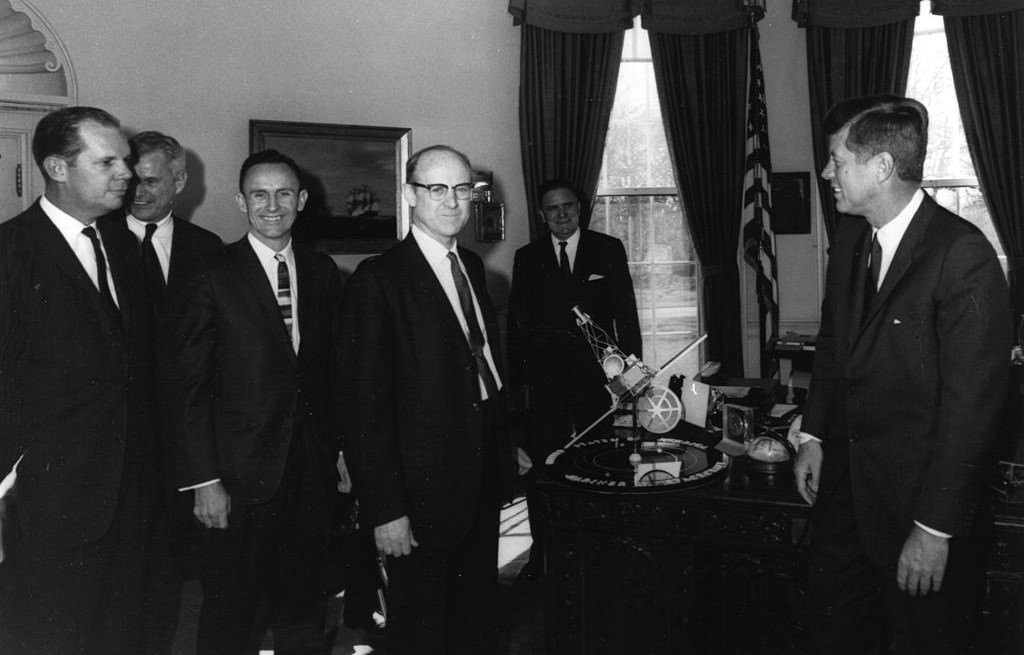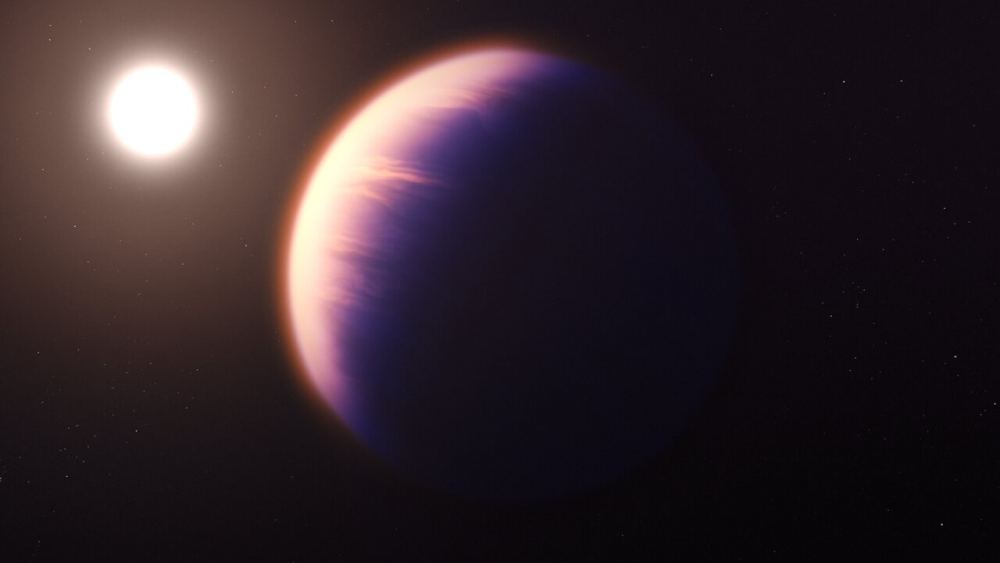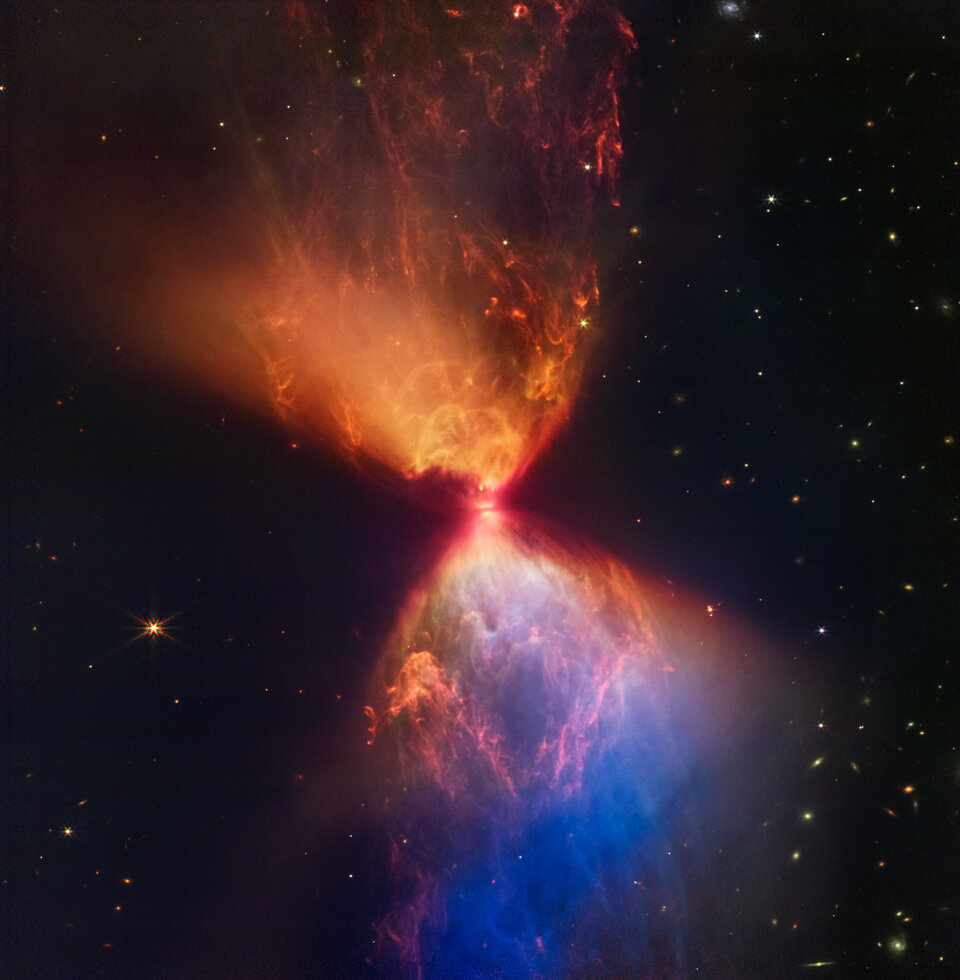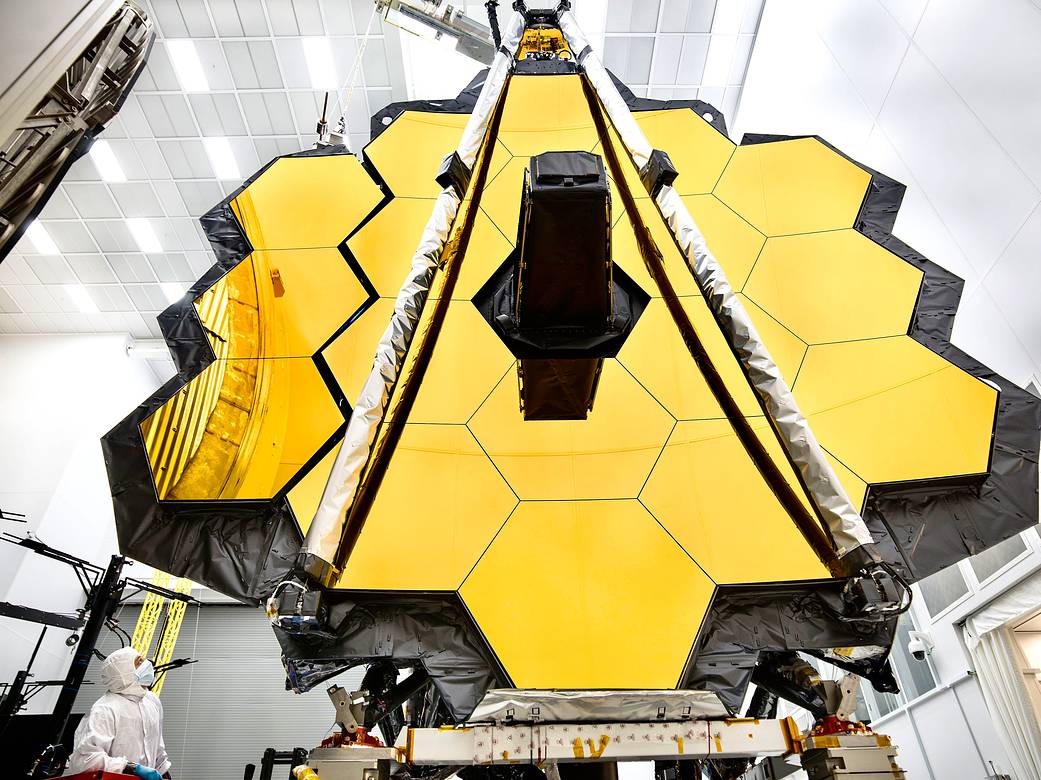The powerful James Webb Space Telescope is a mighty technological tool. Astrophysicists first conceived it over 20 years ago, and after many twists and turns, it was launched on December 2st, 2021. Now it’s in a halo orbit at the Sun-Earth L2 point, where it will hopefully continue operating for 20 years.
It’s only been a few months since its first images were released, and it’s already making progress in answering some of the Universe’s most compelling questions. In a newly-released image, the JWST peered deep inside massive clouds of gas and dust to watch young stars come to life in their stellar cocoons.
Continue reading “JWST Sees Furious Star Formation in a Stellar Nursery”

